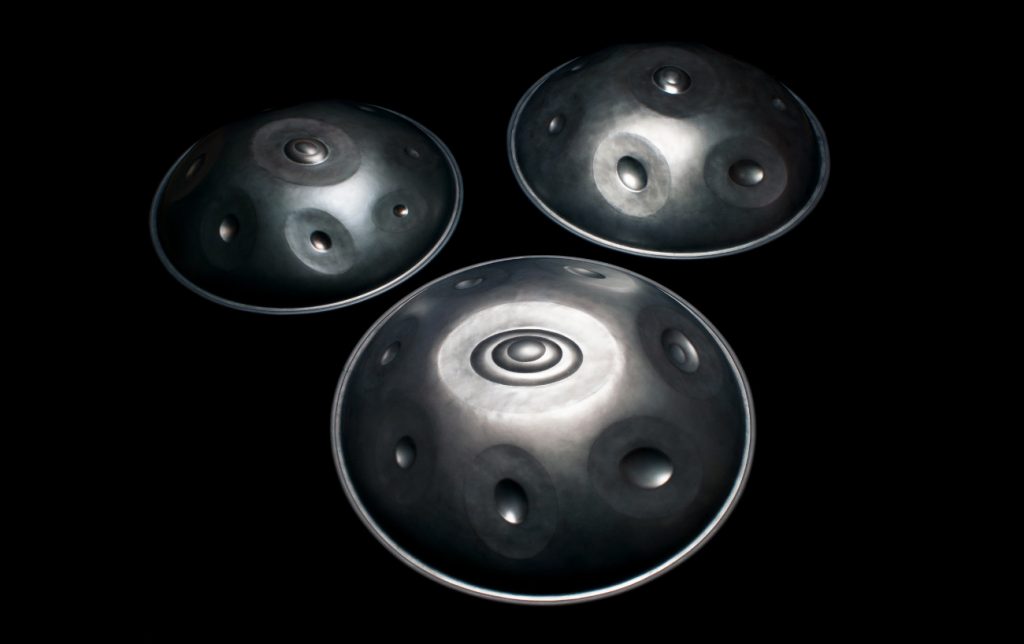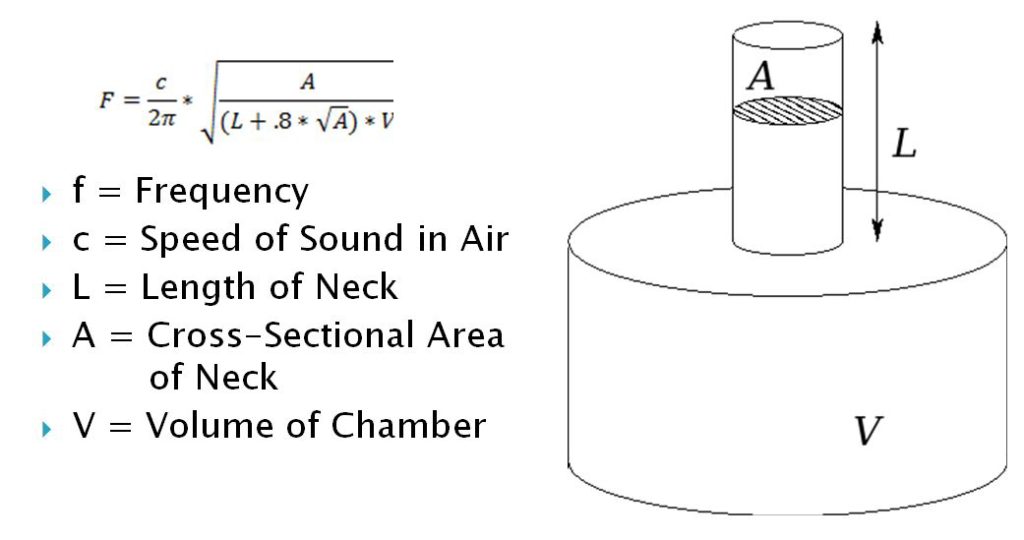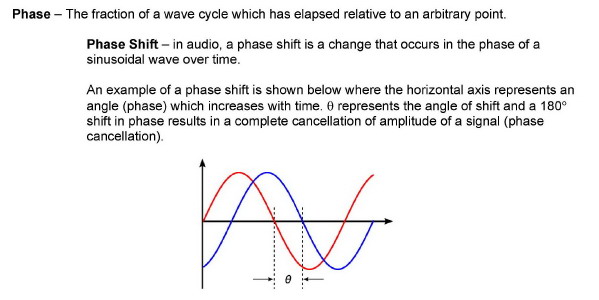In Stock and Custom Order Handpans for sale
Resonance and Helmholtz
While the handpan owes much of its development to its parent, the steel Pan, there are some qualities of the handpan that are inherently different. One of these qualities is how the two instruments resonate.
Unlike the steel Pan, handpans typically have an additional steel shell glued onto the bottom of the top shell, which creates a resonant chamber. In many ways, this resonant chamber is part of the magic of the handpan sound. It also often creates a helmholtz tone, which does not exist on a steel Pan. This tone is typically in the range of C2 – G2, which is lower than most handpan notes. On a Saraz, the helmholtz is very often in the range of Eb2-F2 depending on the size of the shell and design of the port. The helmholtz can usually be flattened lower by placing one’s hand over and inside of the port. If the drum is in one’s lap, the helmholtz can be changed by adjusting one’s legs to let a specific amount of air flow into the port.
Chamber Resonance Problem
One of the negative side effects of the typical handpan chamber is that it also creates a resonance problem with specific frequencies. While some people have referred to this as an “impedance” issue, it is perhaps more appropriately called “Wave Interference”, ”Phase Cancellation”, or Phase Shift”.
Influencial Variables of Resonance Wave Interference
Hang, Hand Pan and Pantam Drum Chamber Size
Chamber height, port depth and especially chamber diameter have a significant influence on the equation because of their reflective quality. Simply put, each sound wave is bouncing off of the chamber and specific frequencies have just the right wave length to create wave interference as they reflect back from the steel and do not align with the same frequency still coming directly from a note membrane. While differences in chamber height and port depth can shift the range of these frequencies slightly, chamber diameter is by far the most influential variable. Our friend Lino, the creator of Linotune Tuning Software, described it well. “The shortest path along which the sound can get back to its origin is a triangle, from the tone field to a spot on the opposite side of the bottom shell, from there up to the top shell, and back across to the origin. If you measure the length of that triangle inside a handpan, you’ll get a very close match with the echo impedance.”
At Saraz, we built 21 inch / 53.34 cm diameter drums until early 2016. On this size shell, Bb4 has the most intense wave interference in our note range, particularly as a fundamental of a note. No matter how well the note is tuned, there is typically about 20-50 cents of wobble in the sustain of the note. Bb4 harmonics such as the compound fifth of an Eb3 or Octave of a Bb3 also wobble around 5-25 cents in the sustain of the note. Covering the port with one’s legs or placing the drum in a stand can also affect the intensity of this wave instability.
Air Temperature and Humidity
Additionally, air temperature and humidity influence wave interference. This is because the air pressure within the chamber is affected by temperature and humidity, which in turn changes the length of each sound wave. A great example is a note just on the edge of a wave interference range such as A4 on a 21 inch diameter chamber. At about 80 degree F / 27 C, an A4 note typically sounds pretty good if the note is positioned well on the drum. However, below about 60 degrees F / 16 C, the wave interference often becomes more audible. Even colder and it usually becomes even more obvious. Part of this appears to be due to the note sharpening further toward the peak of the wave interference range at cooler temperatures while some of it is due to the change in wave length of the note frequency.
Internal Baffling
We spent years trying to overcome wave interference on our 21 inch shell. A small piece of open cell foam will often help, however this is only because it is muffling the frequency along with many other frequencies on the drum because it is absorbing the sound instead of allowing it to continue reflecting. We found after many experiments that closed cell foam and neoprene are better options because they reflect more of the sound waves instead of absorbing them, however they still muffle the drum somewhat. We have seen other builders use a piece of thin aluminum glued into the chamber to create a new point of reflection with some success. With each of these “baffling” methods, there is often a very specific position that is most effective, however rarely does it completely stabilize the wave interference because the sound waves are still bouncing all around the chamber.
Three Sizes of Saraz Handpans
For these reasons and in pursuit of higher quality, we took a new direction with the Saraz in early 2016. We radically changed our offered scale list to exempt the worst ranges of wave interference on our original 21 inch drum while also developing two new sizes of Saraz handpans to explore previously uncharted territory with much more inherently stable chamber resonance than previously possible on our original size drum.

Hand Pan, Hang and Pantam “Impedance” on 3 Chamber sizes
In 2016, we gathered a lot data about wave interference across our three sizes of drums. We often discuss wave interference within “primary” and “secondary” wave interference ranges because there is more than just one range on any particular size chamber and each range varies greatly in its intensity.
Primary Ranges
We consider the primary range on each chamber size to be the main frequency in our note range that has the most wave interference. The range appears to extend at least 150 cents when the frequency is the fundamental of a note so there are usually two fundamental notes that are affected. They are as follows:
19 inch/48.26 cm – C5 is closest to the peak wave interference while B4 is also affected.
20 inch/50.8 cm – B4 is closest to the peak wave interference while Bb4 is also affected.
21 inch/53.34 cm – Bb4 is closest to the peak wave interference while A4 is also affected.
We no longer offer any of these notes as a fundamental on each of these size Saraz. We also do not offer notes with an octave harmonic or compound fifth that is the frequency closest to the peak wave interference on each size chamber. For example, on our original 21 inch diameter Saraz, we no longer offer Eb3, Bb3, Bb4 or A4 notes.
The range of wave interference is smaller than as an octave or compound fifth harmonic that it is as a fundamental. Therefore, second note listed by each chamber size is usually more stable as a harmonic. For example, Bb4 wobbles on a 21 inch diameter chamber as a fundamental, octave or compound fifth while A4 wobbles mostly as a fundamental and specifically at colder temperatures. A4 is mostly stable as an octave or compound fifth harmonic on a 21 inch diameter chamber however it will begin to wobble audibly if it is only 10-15 cents sharp of standard tuning. Even though we find A3 on a 21″ diameter and Bb3 on a 20″ diameter to meet our resonance standards, we have found that B4 as an octave harmonic on a B3 wobbles more that we are willing to accept on our 19″ diameter Saraz.
Secondary Ranges
While the primary range is the most audible, the secondary ranges are considerably more subtle and often completely inaudible. The secondary wave interference ranges also appear to be smaller on each size chamber probably because we do not tune fundamentals in their higher frequency range. These frequencies tend to wobble about 3-12 cents and can often be stabilized without much negative affect to the drum by using a very small piece of closed cell foam or neoprene “baffling” in the correct position near the rim of the inner chamber.
19 inch/ 48.26 cm – G#5 and sometimes A#5, C#6 and D#6
20 inch / 50.8 cm – G5 and sometimes A5, C6 and D6
21 inch / 53.34 cm – F#5 and sometimes G#5, B5 and C#6
The first note listed for each chamber size typically has 5-12 cents of instability without baffling on every drum while the other three notes listed for each size are a bit unpredictable. They may have up to 5-8 cents of instability on some drums and absolute stability on other drums. Perhaps this is due to the angle and position of the note membrane as well as other variables like differences in chamber height, port depth, and air temperature when we gathered this data. Either way, we consider these frequencies to have acceptable wave interference that is much more subtle and inaudible relative to the intensity of primary wave interference ranges so we still offer all of these frequencies on each size chamber.
Hang, Hand Pan, and Pantam Drum Tuning Signature
For perspective, very few people can hear within 5-10 cents of tuning deviation, however an oscillating wave is a bit more audible. Less than this range may appear as a slight wave in the sustain that might oscillate 1-3 times in 5-7 seconds of sustain or it may not oscillate at all. Many tuners purposely “stretch octaves” or detune notes because perfectly standard tuning has a sterile sound due to imperfect wave alignment and also because coupling increases as the sound waves become more perfectly aligned. When one dives into the fine details of true wave alignment, one will find that frequencies such as a major or minor second scale degree align at 4 cents sharp of standard tuning while other scale degrees align better at 2, 6, or even 17 cents from standard tuning. At this level of detail, the art of tuning and the preferences of the tuner become increasingly more influential on the sound. As players and builders, we feel that all of the secondary ranges are within this gray area of tuning style and signature.
In summary, handpan “impedence” or wave interference is extremely common on MANY handpans from MANY makers. Very few instruments have 100% completely stable resonance unless they avoid at least all of the listed frequencies in the primary wave interference range. Even then, there are other inherent building complications such as wave interference in the vibration of the steel, that may make a frequency unstable. Whether one calls it “impedance”, “phase shift”, “wave cancellation” or “wave interference”, it is one of the many inherent complications in building handpans that can have a noticeable effect on the sound and quality of a specific drum.









